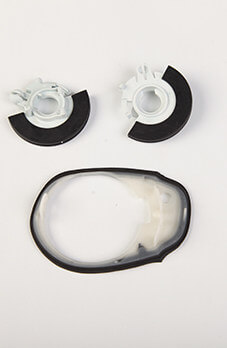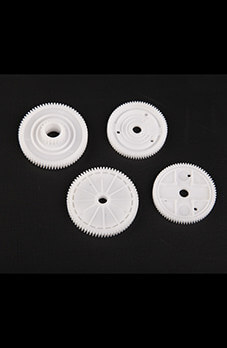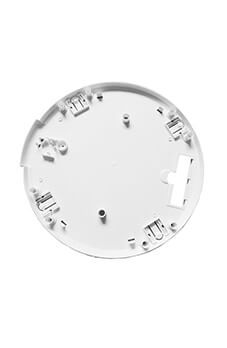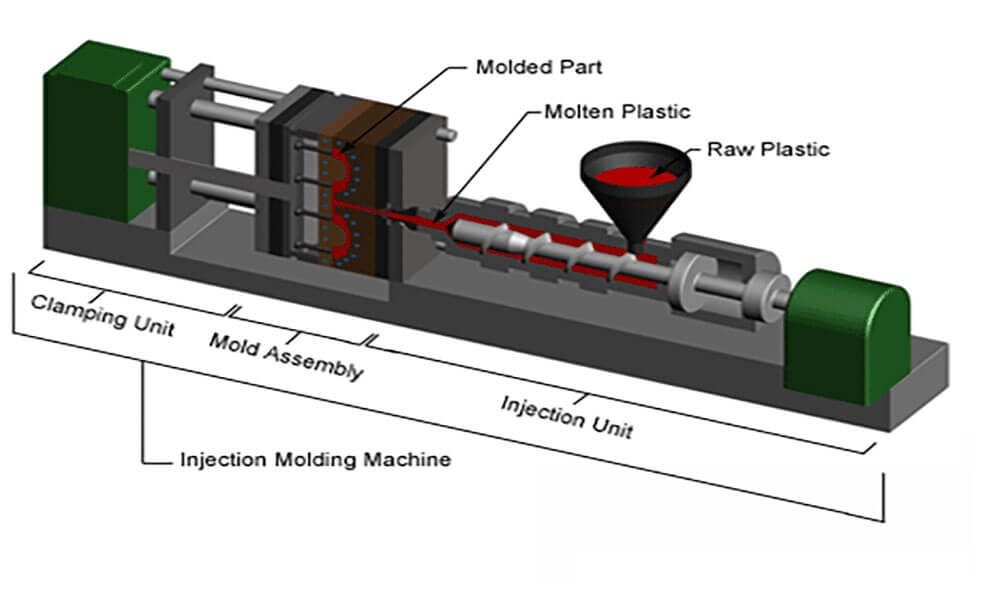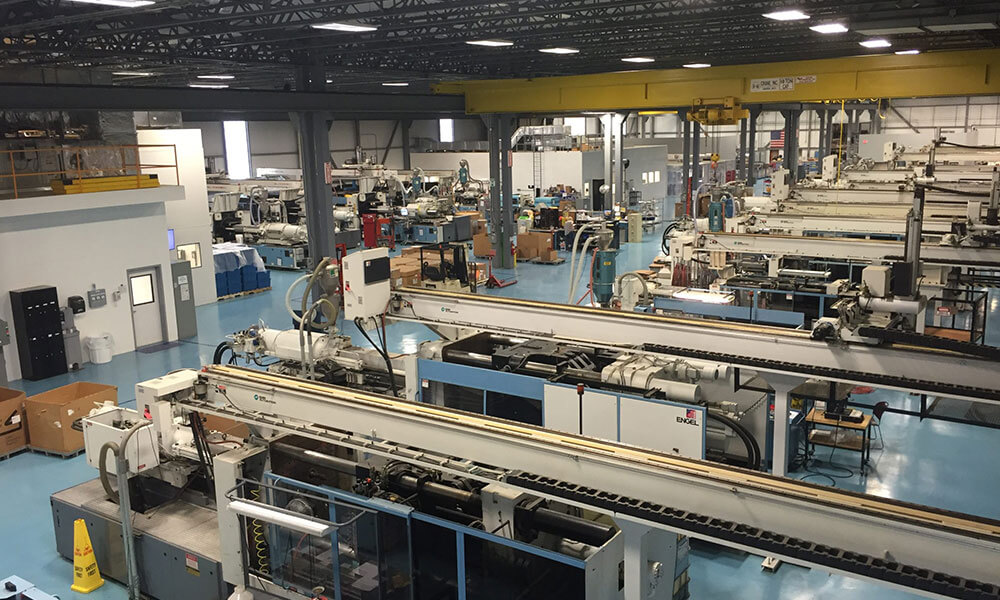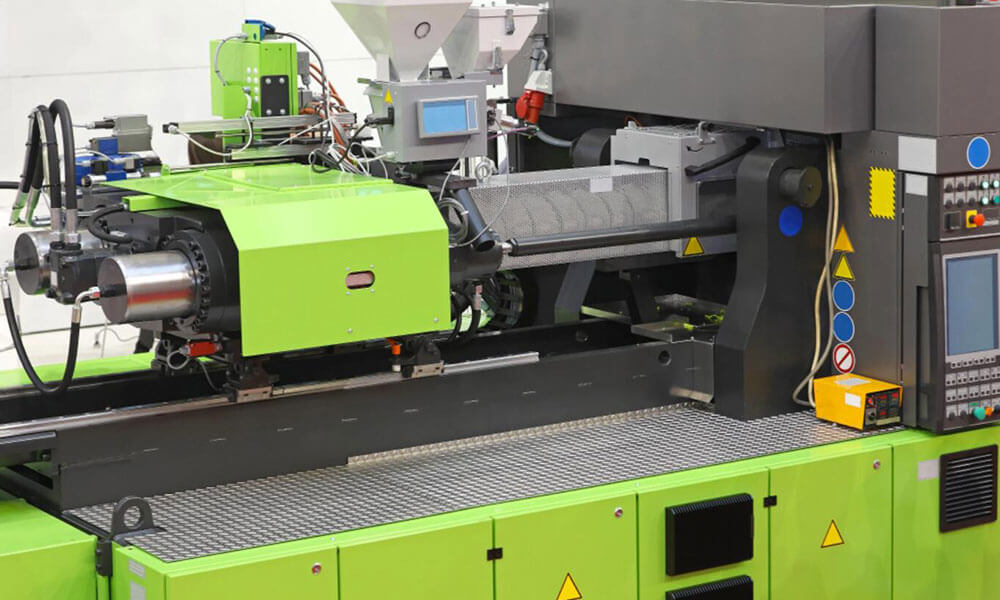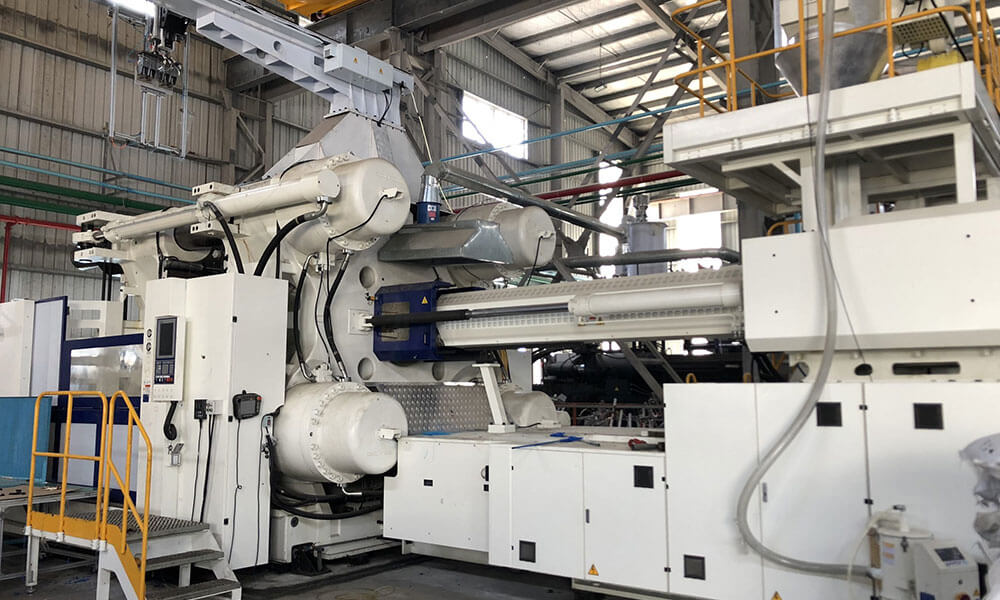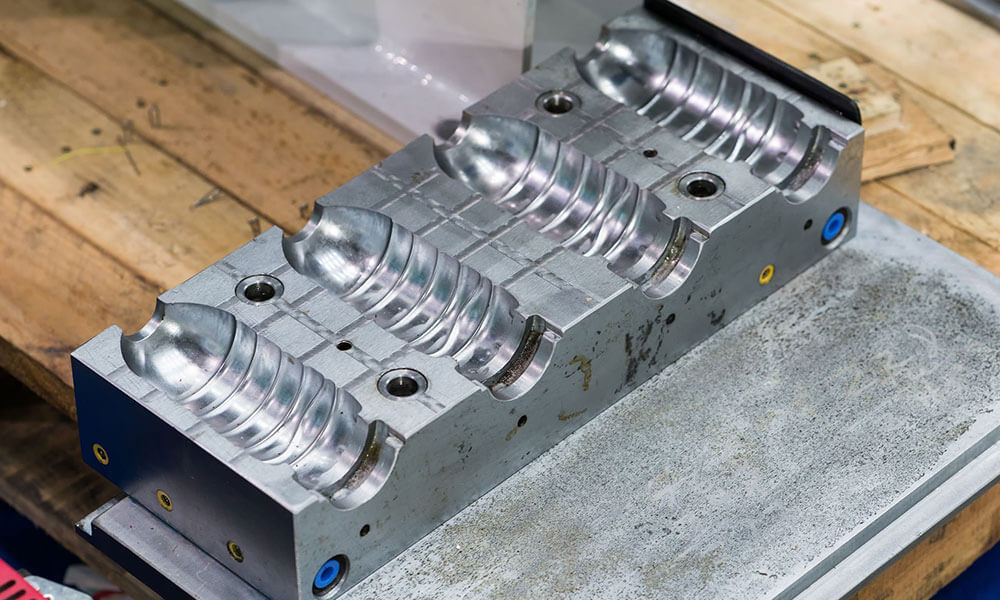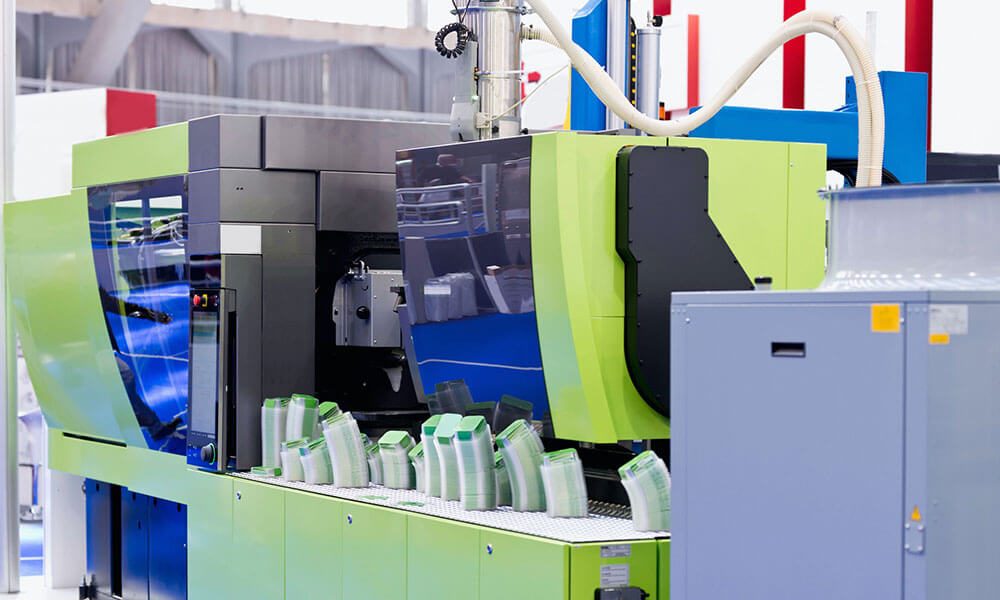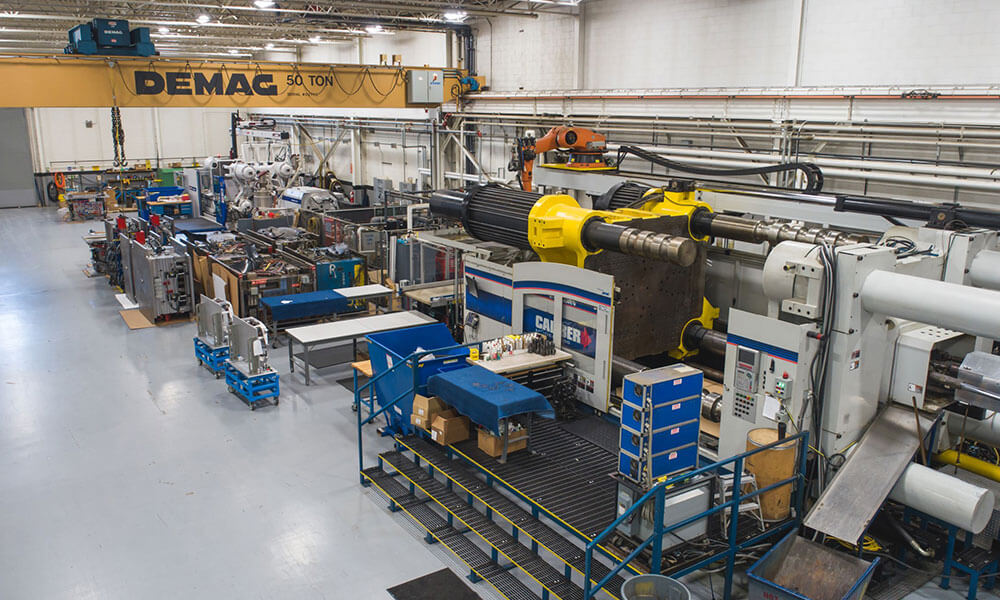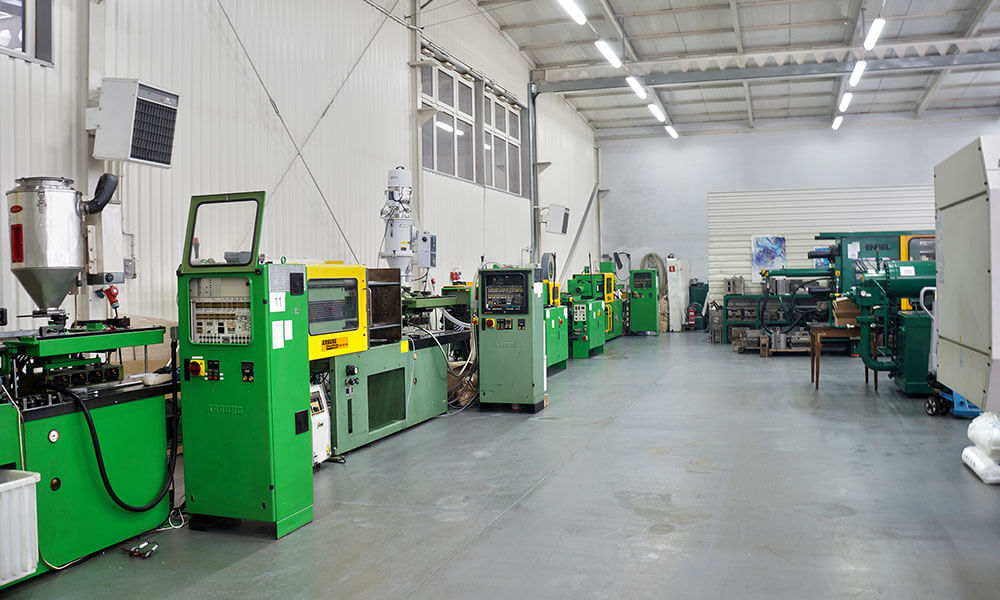Prototype Injection Molding Service
Holly is a leading provider of prototype injection molding services, designed to meet the needs of various industries, including automotive, electronics, and medical. Our advanced injection molding technology allows for the rapid production of high-quality prototypes, enabling you to receive models quickly and economically. This service is ideal for obtaining valuable consumer feedback early in the development process, allowing for better optimization based on real-world usage and reviews.
Our prototype injection molding capabilities range from small batches of 10 to larger runs of up to 10,000 parts, making us versatile for different project scales. We utilize a variety of materials, ensuring that your prototypes can accurately represent the final product. Whether you need parts for household appliances, transportation, or aerospace applications, Holly is equipped to deliver.
At Holly, we understand the importance of speed and efficiency in product development. Our functional testing of prototypes ensures that you receive real injection molded parts that can serve as bridge molds, filling production gaps while your final molds are being completed. With a turnaround time of just three to five weeks for simple parts, we help you stay on track with your project timelines. Contact us today to learn more about how our prototype injection molding services can benefit your business!
Explore Our Prototypes Injection Molds
We specialize in prototype injection molding, offering high-strength, lightweight, and cost-effective solutions. Our mold categories include single-cavity molds, multi-cavity molds, family molds, and custom gas-channel-designed molds. This advanced molding process is ideal for automotive components, large structural parts, furniture frames, industrial enclosures, and household appliance casings.
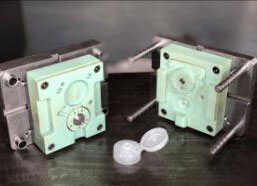
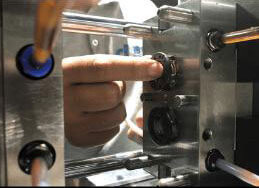
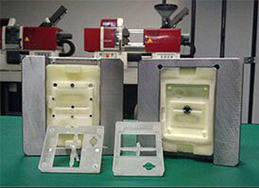
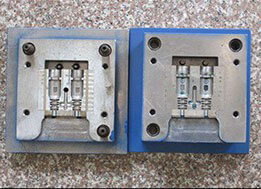
Prototype Injection Molding Materials Available
ABSABS (Acrylonitrile-Butadiene-Styrene) is an excellent choice for Prototype Injection Molding due to its superior impact resistance, mechanical strength, and ease of processing. Its low melting temperature and good dimensional stability make it ideal for creating durable prototypes. ABS is widely used in automotive parts, electronic housings, and consumer products. For instance, car interior components and electronic device casings are commonly made from ABS for its toughness and aesthetic finish.
|
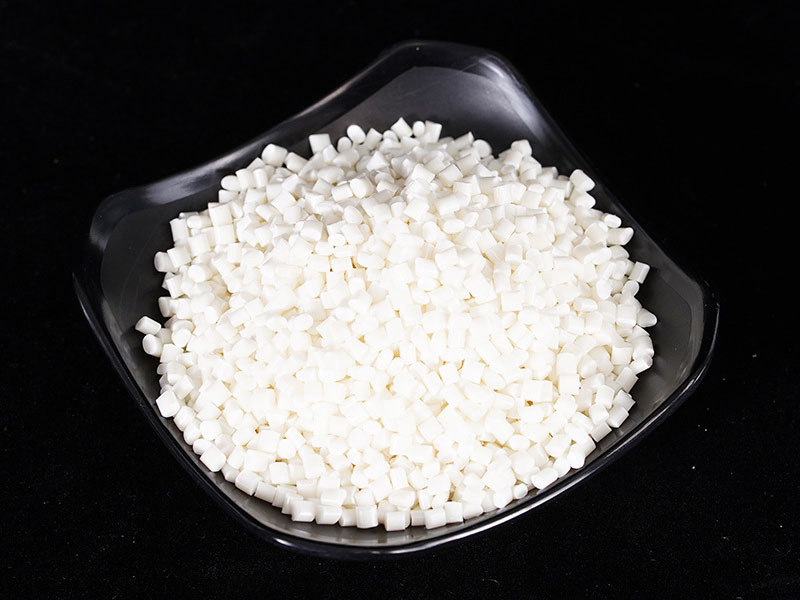 |
PPPP (Polypropylene) is a lightweight and flexible material that is commonly used in Prototype Injection Molding due to its excellent chemical resistance, fatigue resistance, and low density. It is particularly suitable for applications requiring repeated bending or flexing. PP is widely used in packaging, automotive components, and household goods. For example, living hinges, food containers, and automotive battery cases are often made from PP for its durability and flexibility.
|
 |
PCPC (Polycarbonate) is a high-performance engineering plastic that offers exceptional impact resistance, optical clarity, and heat resistance, making it ideal for demanding prototypes. It is often used in applications requiring transparency and toughness. PC is widely utilized in safety equipment, optical lenses, and electronic components. For instance, protective eyewear, LED light covers, and electronic casings are commonly made from PC due to its strength and clarity.
|
 |
PAPA (Polyamide/Nylon) is a versatile material with excellent mechanical strength, wear resistance, and chemical resistance. It is ideal for prototypes requiring durability and performance under stress. PA is widely used in automotive components, industrial machinery, and consumer goods. For example, gears, bearings, and cable ties are often made from PA for its toughness and low friction properties.
|
 |
PMMAPMMA (Polymethyl Methacrylate/Acrylic) is a transparent thermoplastic with excellent optical clarity, weather resistance, and surface hardness. It is an excellent choice for prototypes requiring a glass-like appearance. PMMA is widely used in lighting fixtures, display panels, and optical devices. For instance, light diffusers, signage, and car taillights are often made from PMMA for its clarity and aesthetic appeal.
|
 |
POMPOM (Polyoxymethylene/Acetal) is a highly crystalline engineering plastic known for its exceptional stiffness, dimensional stability, and low friction. It is widely used in prototypes requiring precision and smooth motion. POM is commonly found in mechanical components, automotive parts, and consumer products. For example, gears, sliding mechanisms, and zippers are often made from POM for its durability and smooth operation.
|
 |
TPUTPU (Thermoplastic Polyurethane) is a flexible and durable material that combines the elasticity of rubber with the toughness of plastic. Its excellent abrasion resistance, flexibility, and impact strength make it ideal for prototypes requiring flexibility and durability. TPU is commonly used in footwear, protective cases, and industrial components. For example, phone cases, gaskets, and flexible tubing are often made from TPU for its resilience and flexibility.
|
 |
Prototype Injection Molding Finishing Options
| Name | Description |
|---|---|
| Bead Blasting | Bead blasting uses fine particles (e.g., glass beads) to create a uniform matte or textured surface. |
| Polishing | Polishing creates a smooth, high-gloss or mirror-like surface, suitable for transparent or aesthetic parts. |
| Plating | Plating adds a metallic layer (e.g., nickel, chrome) to improve appearance, durability, or conductivity. |
| Laser Engraving | Laser engraving uses lasers to permanently mark text, logos, or patterns on the surface. |
| EDM Texturing | EDM texturing uses electrical discharge machining to create micro-textures on the mold, producing fine textures on the finished part. |
| UV Coating | UV coating applies a UV-cured layer to improve durability, gloss, and UV resistance. |
China Prototype Injection Molding Manufacturer FAQ
Prototype Injection Molding FAQ Guide
In the following guide, you will know everything about Prototype Injection Molding.
As one of the industry leaders, Holly has experts who can handle rapid prototyping molds. In order to commit to the final production of a mold, we help you perform an effective and cost-effective evaluation. If you are interested in learning more about injection molding, please contact us.
Here is a list of FAQs about prototype injection molding. You can check the FAQs about the prototype injection molding if you have any questions.
1. What products are prototype injection molding usually used for?
Holly prototype injection molded parts are widely used in many industries, such as household appliances, electronics, automobiles, medical transportation, aerospace, as well as exhibition buildings. Prototype injection molding can shorten the mold manufacturing cycle and help product developers quickly check the market.
2. What are the advantages of rapid tooling?
The advantages of rapid tooling are as follows:
- The mold production cycle is short, generally 1/3~1/10 of the traditional mold production.
- The process is simple and easy to promote.
- Low mold production cost (only 1/3~1/5 of traditional mold production)
- The accuracy and life span can meet some specific functional requirements, and the comprehensive economic benefits are good.
3. What are the defects of the injection molded prototype?
The prototype injection molding defects are as follows:
- Due to the type and cost of molding materials, prototypes are mostly models rather than actual working parts.
- Due to the limitation of data processing and manufacturing technology, it is difficult to achieve the same dimensional accuracy and surface quality as CAD design.
4. What are the benefits of applying prototype injection molding technology to product design companies?
After adopting rapid prototyping technology, the designer gave a real product sample at the beginning of the design process. They can check and optimize product design. At different stages of the design process, designers can modify and redo samples quickly. The factory even trial-produces molds and a small number of products. Designers can get the best results as quickly as possible without many thoughts and modifications.
5. What are the benefits of using prototype injection molding for product manufacturing plants?
In the initial stage of product design, manufacturers can also get real samples of the product. Even trial production of working molds and a small number of products, so that they can make suggestions on product design as quickly as possible, Make preparations for raw materials, standard parts, outsourcing machined parts, processing technology, and mass production of labour molds. Reduce errors and rework, greatly save time, reduce costs, and improve product quality.
6. What are the benefits of prototype injection molding used in product promotion?
Marketers can also get real product samples or even the least amount of products in the early stages of product design, which allows them to solicit user opinions and actual communication in advance to make more accurate market demand predictions, rather than abstract product descriptions or Drawings, sample sales. Therefore, rapid prototyping can greatly reduce the sales risks and costs of new products, greatly shorten the time to market for new products, and improve the competitiveness of new products.
7. What is the trend of rapid prototyping?
Rapid prototyping is widely used in the following industries:
- Direct rapid forming of metal parts.
- Conceptual innovation and process improvement) Data optimization and evolution of hierarchical models.
- Specialization and large-scale rapid prototyping equipment , development of molding materials with superior performance
- Widespread application of standardized spray molding technology
- Application of functionally gradient materials
- Rapid prototyping of tissue engineering materials
- Development of new energy
- Expanding new application areas
8. What are the main methods of injection molding?
The main methods of prototype plastic injection molding are as follows:
- Selective liquid curing (SLA)
- Selective lamination (Lom)
- Selective laser sintering
- Fused Deposition Model (FDM
- Three-dimensional inkjet printing (3DP)
- Polymer injection
- The prototype has complete functions
- Use the same material as the production parts to manufacture 5) Minimal mold cost
- The production process is the same as the production part
9. Why choose holly prototype injection molding?
As one of the leaders in the prototype injection molding industry, Holly has experts who can handle rapid prototyping molds. In order to commit to the final production of a mold, we help you perform an effective and cost-effective evaluation.
10. What kind of material is most commonly used for prototype injection molding?
ABS, PC, nylon, HIPS, PP, and polyethylene.
11. How to optimize the gate position for sample injection molding?
Prototype molds can be welded and re-cut, gate positions can be changed, and tested before production. This eliminates the cost and time loss of modifying production tools, thereby reducing performance and shortening service life.
12. What are the limitations of prototype injection molds?
- Compared with 3D printing and silicone molding, the prototype injection mold has a longer cycle time.
- Not very cost-effective, sometimes a prototype mold can only test a small number of samples.
- Short mold life.
13. What are the benefits of prototype injection molds?
The benefits of the prototype injection mold are as follows:
- Testing and solving problems with the prototype injection mold can help determine if the production mold is suitable
- Shorten the lead time of test products.
- Meet the needs of small-batch production.
- Optimize the structure and performance of the final product.
- Reduce the total cost of trial and error.
14. What are the requirements for the selection of injection mold steel prototypes?
The prototype selection requirements for injection mold steel are as follows:
1) Test molds generally use prototype injection molds.
2) The mold life is generally less than 500 needles.
3) Aluminum cast iron or epoxy resin or any material with sufficient strength can be used
4) Generate the minimum number of tests
5) Aluminum cast iron or epoxy resin can be used for prototype injection molds.
15. What are the main points of injection mold design?
The key points of Prototype injection mold design are as follows:
- The overall layout of the injection mold prototype is reasonable.
- Choose the appropriate parting surface according to the molding characteristics of the prototype injection molding.
- According to the characteristics of the prototype injection molding, select the appropriate runner position and air inlet.
- Choose the appropriate ejection mechanism according to the characteristics of the prototype injection molding
- According to the characteristics of the prototype injection molding, the waterway should be arranged reasonably.
- Choose a suitable exhaust method according to the characteristics of the prototype injection molding
- Pay attention to the processing of the drawing angle, the extraction of the plug-in, and the cleaning of the angle position during the prototype injection molding process.
- The machining drawings of the prototype injection mold should be detailed and easy to understand.
16. Why choose Holly as the supplier of prototype injection molding?
Injection molding played a role in testing products, making the product keep improving, keep improving. Let consumers buy products with superior performance and beautiful appearance. Not only is it recognized by consumers, but it also occupies a broad market in the industry.
As one of the industry leaders, Holly has experts who can handle rapid prototyping molds. In order to commit to the final production of a mold, we help you perform an effective and cost-effective evaluation. If you are interested in learning more about injection molding, please contact us Holly can send you production-quality injection molded prototypes within two weeks.
17. What are the advantages of prototype injection molded parts?
Prototype injection molding allows you to receive the model in an economical and quick way, so you can take advantage of rapid manufacturing. It can also help you get better consumer feedback at the front and end of the market.
Better optimization based on their use and review. The part numbers range from 10 to 10000. Holly’s prototypes of injection molded parts are widely used in household appliances, electronics, automobiles, medical, transportation, aerospace, building display, etc.
18. How to optimize the gate position for sample injection molding?
The prototype mold can be welded and re-cut to change the gate position and tested before production. This eliminates the cost and time loss of modifying production tools, thereby reducing performance and shortening service life.
19. Compared with other factories, what are the advantages of Holly’s prototype injection molding?
Functional testing of prototype injection molding to produce real injection molded parts. They can also be used as bridge molds to fill manufacturing gaps in production molds. Holly is an injection mold manufacturing solution provider that provides comprehensive design, manufacturing, supply chain and product management services.
This takes into account a kind of actual economic production. Holly is a good choice if you are struggling to find a supplier for a quick project that includes getting pre-production parts before the production mold is completed. Simple parts can even be provided within three to five weeks. This will allow you to have a part that meets your needs while waiting for the production mold to be completed.
In addition, this will allow you to test your part design and ensure that your assembly will work flawlessly. In order to quickly start your project, call us to quickly build your prototype injection molding!
20. The customer has generated injection drawings for the prototype, how do we review those drawings?
- Approved metric system/inch (MM/INCH)
- Audit scope
- Audit projection method
- Review product name (PART NAME)
- Review the finished product/version number (Partially none./start)
- Review the finished product shape, including the position of the molds, the positioning of the bones, glue thickness, column position and inversion… In order to understand how a finished mold is made, one must consider its basic structure. Such as parting line, fine inserts, thimble, flat top, cylindrical, inclined top, ranking, and water entry. The finished product should not be painted for the sake of painting the finished product.
- If there are errors or doubts in the original drawings, they should be submitted to the engineer in time. In addition, consider the mold knot.
It may be necessary to modify the shape of the finished product during construction. This situation can also be raised early. For time, project personnel may not know the detailed structure of the finished product.
21. How to solve when the prototype injection mold is disassembled?
When the prototype injection mold is disassembled, the reasons are as follows:
- When the injection speed and pressure are too high, should be reduced appropriately.
- When the surface finish of the mold cavity is poo, grinding and electroplating should be used to improve the surface finish.
- When the mold temperature and cooling conditions are not properly controlled and the mold sticks to the core, the mold temperature should be increased to shorten the cooling time. If the mold is stuck on the surface of the cavity, lower the mold temperature and extend the cooling time.
- The ejection area of the ejection mechanism is too small, the ejector area should be increased.
22. What to do when the prototype injection molded product is bent?
When the Prototype injection molded product is bent, the situation is as follows:
- The mold is too hot or not cooled enough.
- The mold temperature should be lowered or the cooling time should be extended. For slender plastic parts, the cooling method after fixing the mold can be used.
- When the cooling is uneven. Improve the cooling system of the mold to ensure uniform cooling of the plastic parts
- When the cooling is uneve, improve the cooling system of the mold to ensure uniform cooling of the plastic parts.
- The gate selection is unreasonabl, select a gate form that is appropriate for the specific situation. In general, multi-point doors can be used.
- When the mold core is used, it should be checked and calibrated.
23. What happens to prototype injection molding when the product is cracked and bleached?
- When the melt and mold temperature is too low.To increase the temperature of the cylinder and the mold.
- When the structure design of the mold gating system is unreasonable. Improve the flow channel and gate structure of the crystallizer so that turbulence will not occur when the melt is filled into the crystallizer.
- When the cooling time is too short. The cooling time should be extended appropriately.
- For improper ejector design, pneumatic demolding device is preferred.
- When the injection speed and pressure are too high, it should be reduced appropriately.
- 1. What products are prototype injection molding usually used for?
- 2. What are the advantages of rapid tooling?
- 3. What are the defects of the injection molded prototype?
- 4. What are the benefits of applying prototype injection molding technology to product design companies?
- 5. What are the benefits of using prototype injection molding for product manufacturing plants?
- 6. What are the benefits of prototype injection molding used in product promotion?
- 7. What is the trend of rapid prototyping?
- 8. What are the main methods of injection molding?
- 9. Why choose holly prototype injection molding?
- 10. What kind of material is most commonly used for prototype injection molding?
- 11. How to optimize the gate position for sample injection molding?
- 12. What are the limitations of prototype injection molds?
- 13. What are the benefits of prototype injection molds?
- 14. What are the requirements for the selection of injection mold steel prototypes?
- 15. What are the main points of injection mold design?
- 16. Why choose Holly as the supplier of prototype injection molding?
- 17. What are the advantages of prototype injection molded parts?
- 18. How to optimize the gate position for sample injection molding?
- 19. Compared with other factories, what are the advantages of Holly’s prototype injection molding?
- 20. The customer has generated injection drawings for the prototype, how do we review those drawings?
- 21. How to solve when the prototype injection mold is disassembled?
- 22. What to do when the prototype injection molded product is bent?
- 23. What happens to prototype injection molding when the product is cracked and bleached?


